Smart home ecosystems such as Alexa, Google Home, and Apple Home have become incredibly popular, as they allow you to control devices from multiple brands from a single app. You don’t need to pay to use one of these smart home ecosystems to control your smart home, but they come with some significant hidden costs.
6
Smart Home Hubs
A smart home hub isn’t essential for controlling smart home devices using a closed smart home ecosystem. It’s possible to control devices directly from an app on your smartphone with Google, Alexa, and Apple Home. However, there are some significant limitations.
With Apple Home, for example, you’ll need a device to act as an Apple Home Hub if you want to be able to control your devices remotely when you’re not connected to your home network. This means that you need a device such as an Apple TV 4K or HomePod if you want remote control.
Alexa and Google do allow you to control devices remotely, directly from your smartphone, but this still has limitations. Without a smart home hub, you are only able to control devices that communicate over Wi-Fi. If you have Zigbee devices, for example, then you can’t control these directly from your smartphone. You usually also need a smart home hub to add Matter devices to your setup, even if these can communicate over Wi-Fi.
Smart speakers (which can usually be used as smart home hubs) are also necessary if you want voice control for your smart home without having to use the smartphone app. Ultimately, to access the full features of your smart home ecosystem, you will need to purchase a device that acts as a smart home hub. These range in price, but even the low-cost Echo Pop costs $40 when it’s not on offer, and a HomePod can set you back as much as $300.
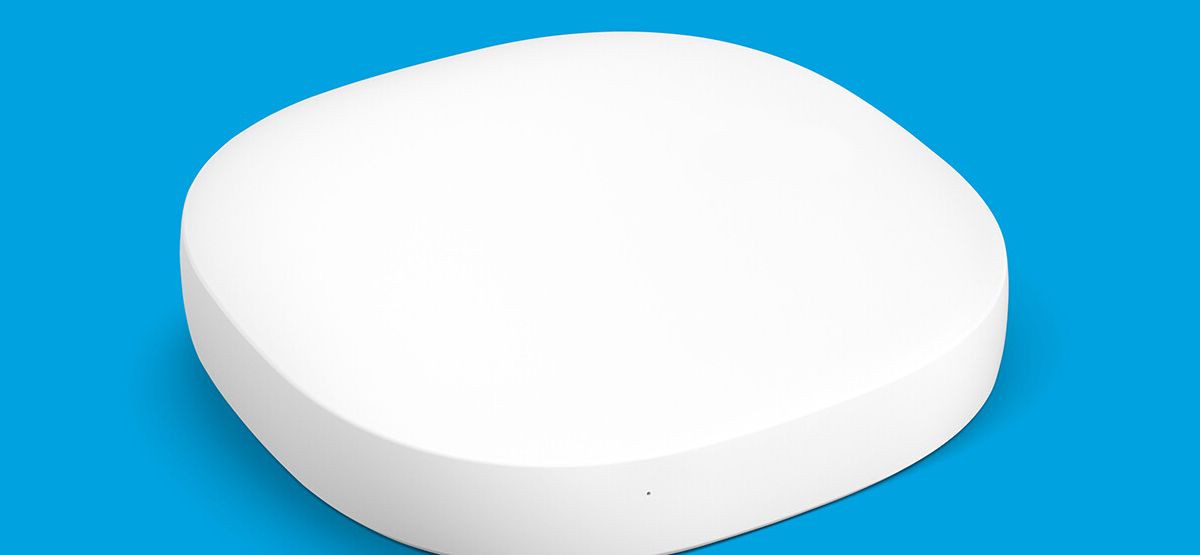
Related
What Is a Smart Home Hub?
You’ve got a smart home, but does it need a “hub?”
5
Product Lock-In
A major problem with smart home technology in its current form is that not every smart home device will work with every smart home ecosystem. Your Ring doorbell, for example, will work seamlessly with Alexa (unsurprisingly, since Amazon owns Ring) and will work with limited features in Google Home, but it won’t work at all with Apple Home.
This means that if you use a specific smart home ecosystem, you’re locked into using smart home devices that are compatible with that ecosystem. Alexa and Google Home offer compatibility with a large range of different brands, so this isn’t as much of an issue if you’re using one of these ecosystems. However, if you’re using Apple Home, then your choice is much more limited.
This is because Apple has a very strict certification process for smart home devices to be labeled as “Works with Apple Home.” Most devices must meet rigorous standards for reliability, latency, and interoperability, and Matter devices must have Connectivity Standards Alliance (CSA) certification.
This means there is a much smaller pool of smart home devices that are compatible with Apple Home, and the rigorous standards for non-Matter devices usually mean that these devices are on the more expensive side.
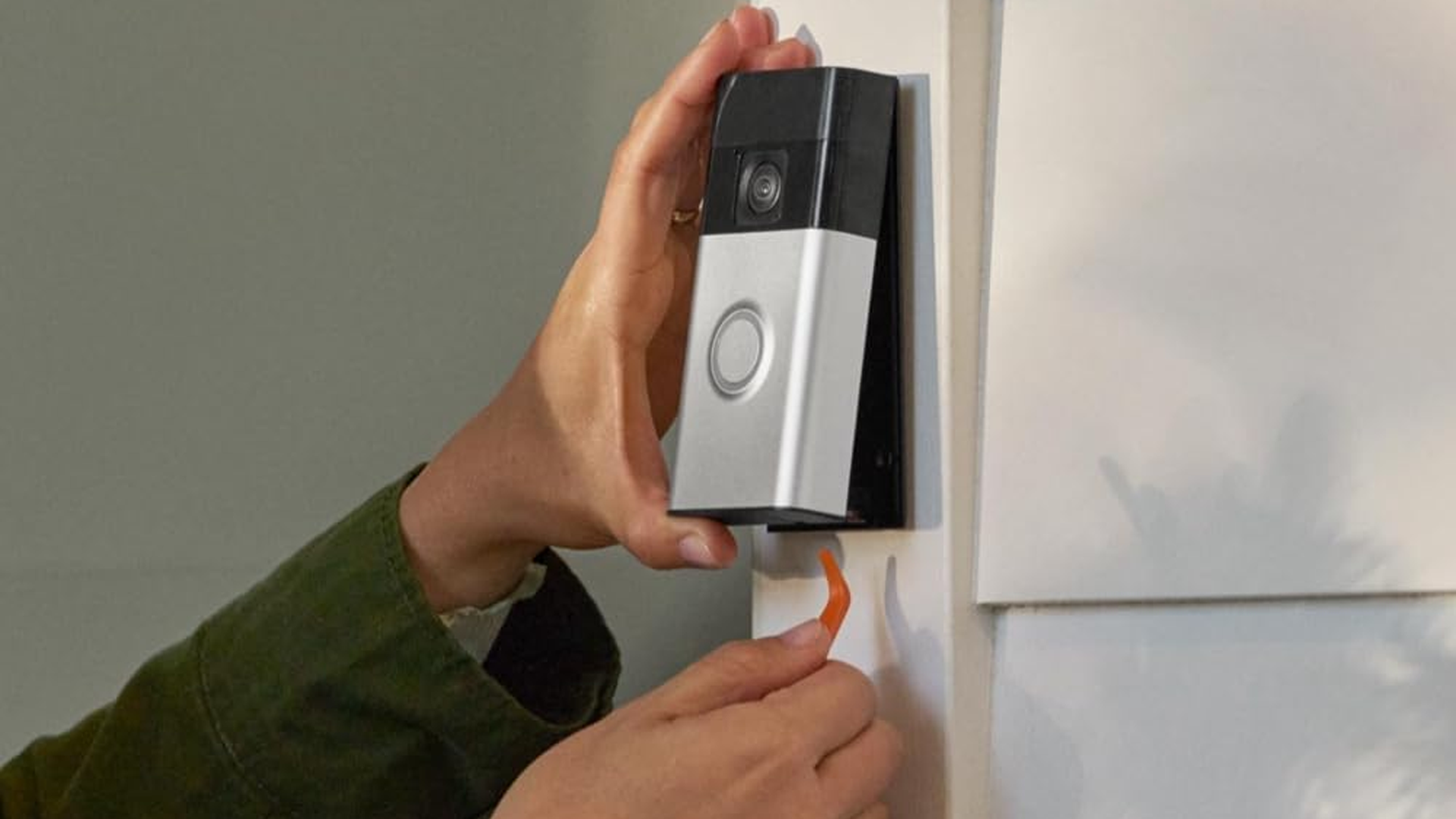
Related
5 Reasons I’m Ditching My Ring Video Doorbell for Something Else
I’ve had my Ring doorbell for years but it’s time to say goodbye.
4
Ecosystem Subscriptions
Closed smart home ecosystems such as Alexa, Google, and Apple Home are ostensibly free to use. However, you may need to pay a subscription to access the full feature set.
For example, Amazon is currently in the process of rolling out its AI-powered upgrade to Alexa called Alexa+. In order to use this feature, however, you’ll either need to be paying for an Amazon Prime subscription or pay a standalone fee of $19.99 per month.
Apple Home is also free to use, but for security-camera and video doorbell owners, one of the most useful features is HomeKit Secure Video. This stores recordings from your cameras in iCloud, allowing you to access them via the Home app from wherever you are. To use HomeKit Secure Video, you need to have a paid iCloud+ subscription, and while these start from as little as $0.99 per month, it’s still a fee you need to pay for a supposedly free smart home service.
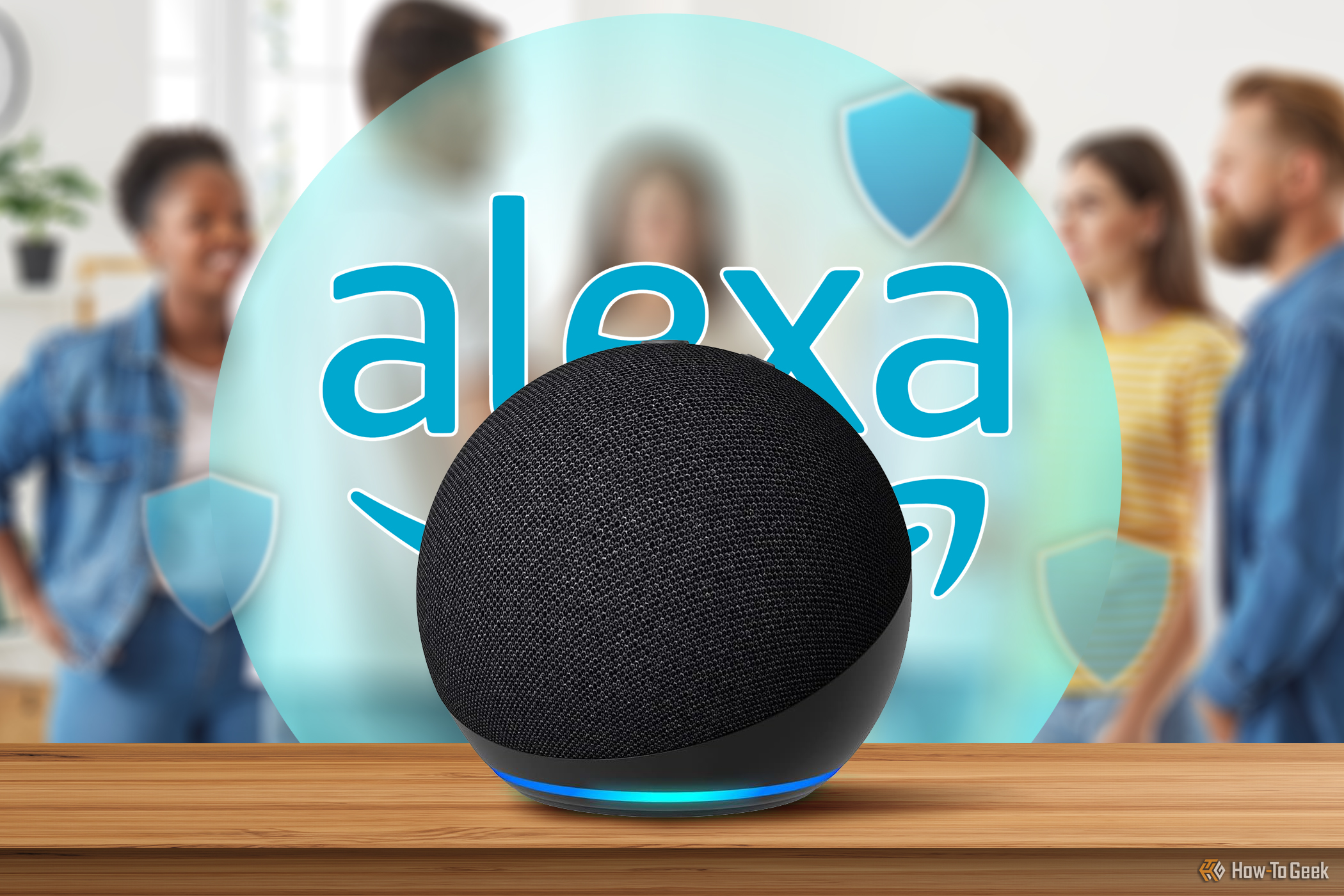
Related
Alexa Plus is the Upgrade We’re All Waiting For
Amazon’s Alexa Plus leak reveals game-changing AI features—these are the ones I’m excited about.
3
Product Subscriptions
Subscriptions for premium features of your smart home ecosystem aren’t the only subscriptions you may need to pay for. Many smart home devices also require a subscription to access their best features, with some brands of devices, such as video doorbells, locking almost all of their useful features behind a paywall.
Ring video doorbells are a prime example. If you use Alexa as your smart home ecosystem, Ring video doorbells are a great fit, as you can stream the live feed from the video doorbell to your Echo Show devices whenever the doorbell is rung. You don’t need a subscription to take advantage of this feature.
However, one of the common ways to use a video doorbell is to look back at any motion events that you get alerts for. For example, if you get a notification that a person was detected by your video doorbell, you might want to look back at the recording taken when that alert was sent, so you can see who it was.
The trouble is that it’s not possible to do this unless you have a paid Ring Home plan, as the free plan doesn’t include access to video history. The cheapest plan has risen to $4.99 per month, and only covers one doorbell or camera. If you have more than one, you’ll need to pay at least $9.99 per month, all for the privilege of being able to use the doorbells and cameras that you already paid for.
While there are plenty of other video doorbells that you can use without a subscription, you then lose out on the ability to stream your video feed to your Echo Show devices when the doorbell is rung, which is a very useful feature. The only way to get all the features is to pay.
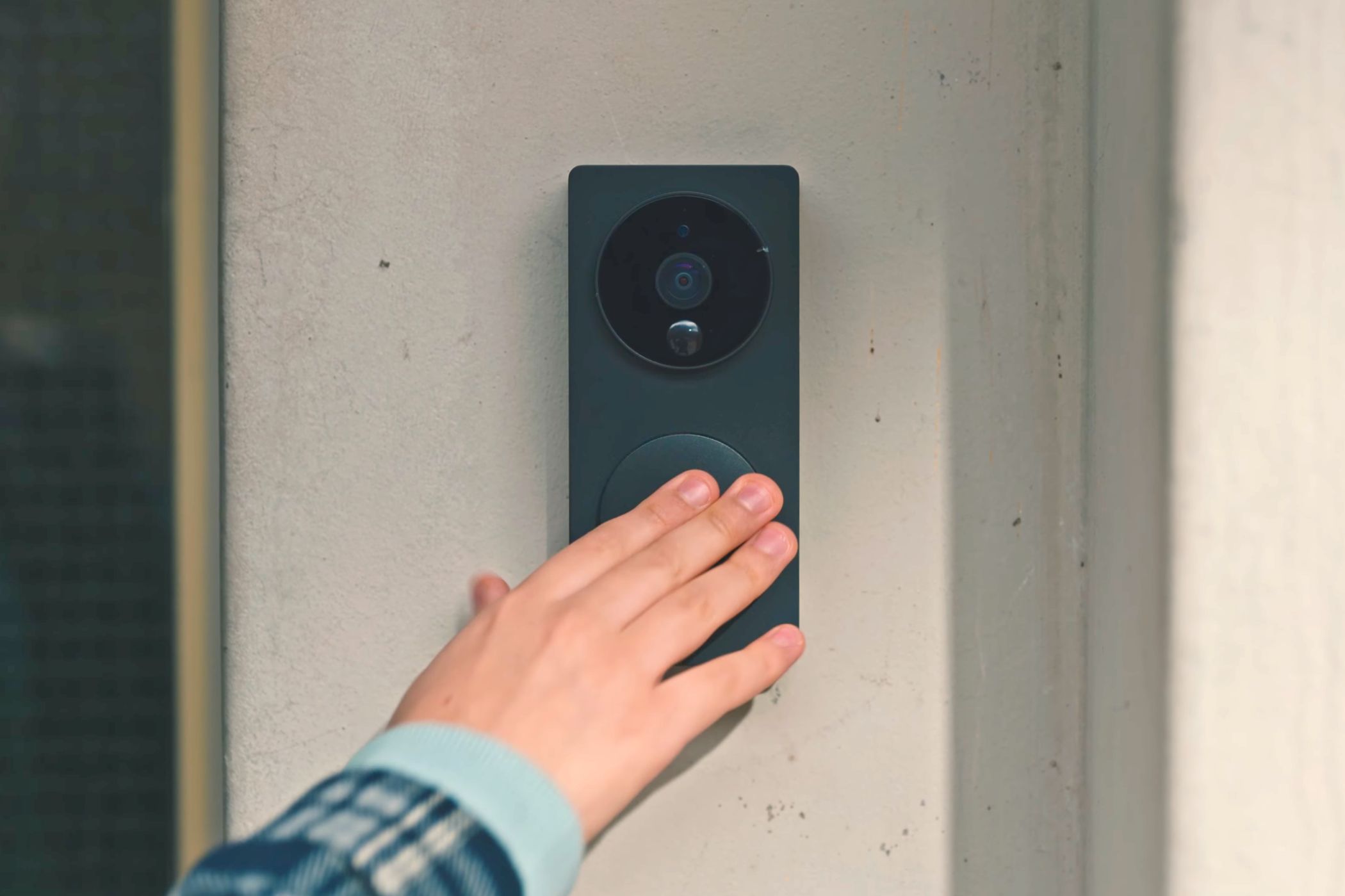
Related
How to Avoid Paying a Smart Doorbell Subscription Fee
You don’t need another subscription.
2
Forced Upgrades
Even if you’ve already paid for a home hub device for your smart home, you may find yourself in a position where you’re forced to upgrade it. As new smart home features are developed, older devices may not offer the same compatibility that newer models do.
Thread is a prime example. Thread is a low-power wireless networking protocol that allows you to connect your smart home devices in a mesh network, so that each device can pass on information to the next. It requires a device to act as a Thread Border Router, which is the link between your Thread network and your Wi-Fi network.
Many newer smart home hub devices can act as Thread Border Routers. For example, if you’re using a HomePod mini, a Nest Hub Max, or an Echo Hub, these already have Thread support built in. If you’re using an older device, such as a first-generation HomePod, a Nest Mini, or an Echo Show 5, you won’t be able to use your smart home hub as a Thread Border Router. This means that if you want to take advantage of the benefits of Thread, you’re going to have to upgrade.
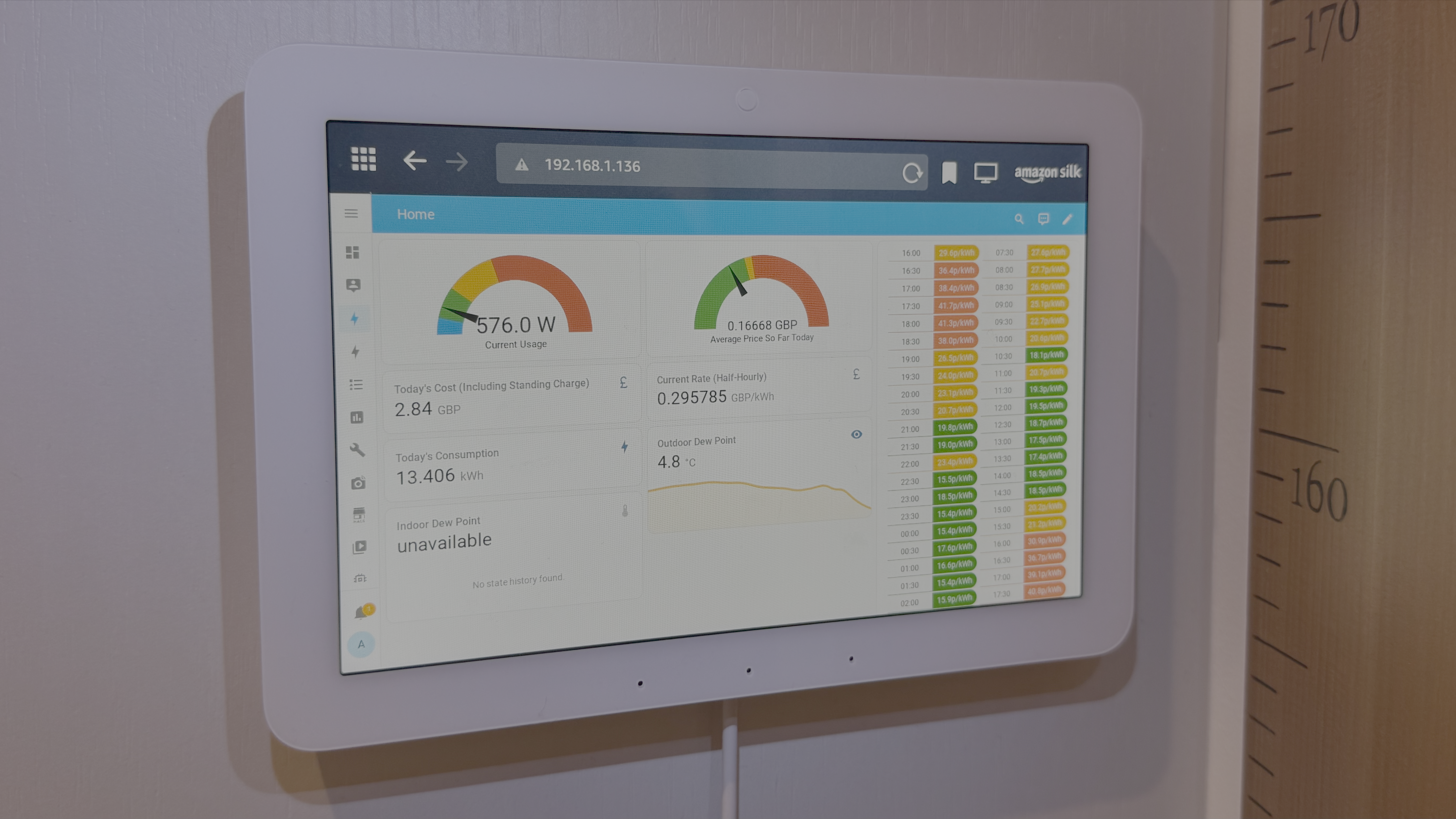
Related
I Only Use My Echo Hub for One Thing (and It’s Not Controlling My Smart Home)
Amazon’s smart home control panel is a good idea in theory, but not in practice.
1
Your Personal Data
This may not be a direct financial cost, but when you use “free” services such as the popular smart home ecosystems, you almost always end up giving up something in return. In the case of smart home services, that’s usually significant amounts of your personal data.
Some information is necessary for services to work. For example, providing local weather conditions isn’t possible without knowing your location. However, the amount of data that your smart home ecosystem has access to is frightening.
By their nature, smart speakers are always listening, and many of them send the audio recordings to the cloud to be processed. That means that potentially everything you say in your own home ends up on a random server somewhere. In 2019, it was revealed that Amazon was employing thousands of people to listen to voice recordings captured by Echo devices and transcribe and annotate them. It means that a random Amazon worker somewhere may have listened to recordings of your private conversations.
Plenty more data is collected by smart home devices, such as your IP address, device usage patterns, personal information such as your name, address, and payment information, and even video from your smart home cameras if you use cloud services.
What happens with this data is out of your control. Amazon and Google almost certainly use it to provide you with more “personalization”, which may include targeted advertising. Apple has a stronger reputation for privacy, offering on-device processing and end-to-end encryption, but it still has access to a lot of your data.
As with any “free” service in which you are ultimately the product, it’s up to you to decide whether the convenience of using the service is worth the personal data that you have to give up in return.
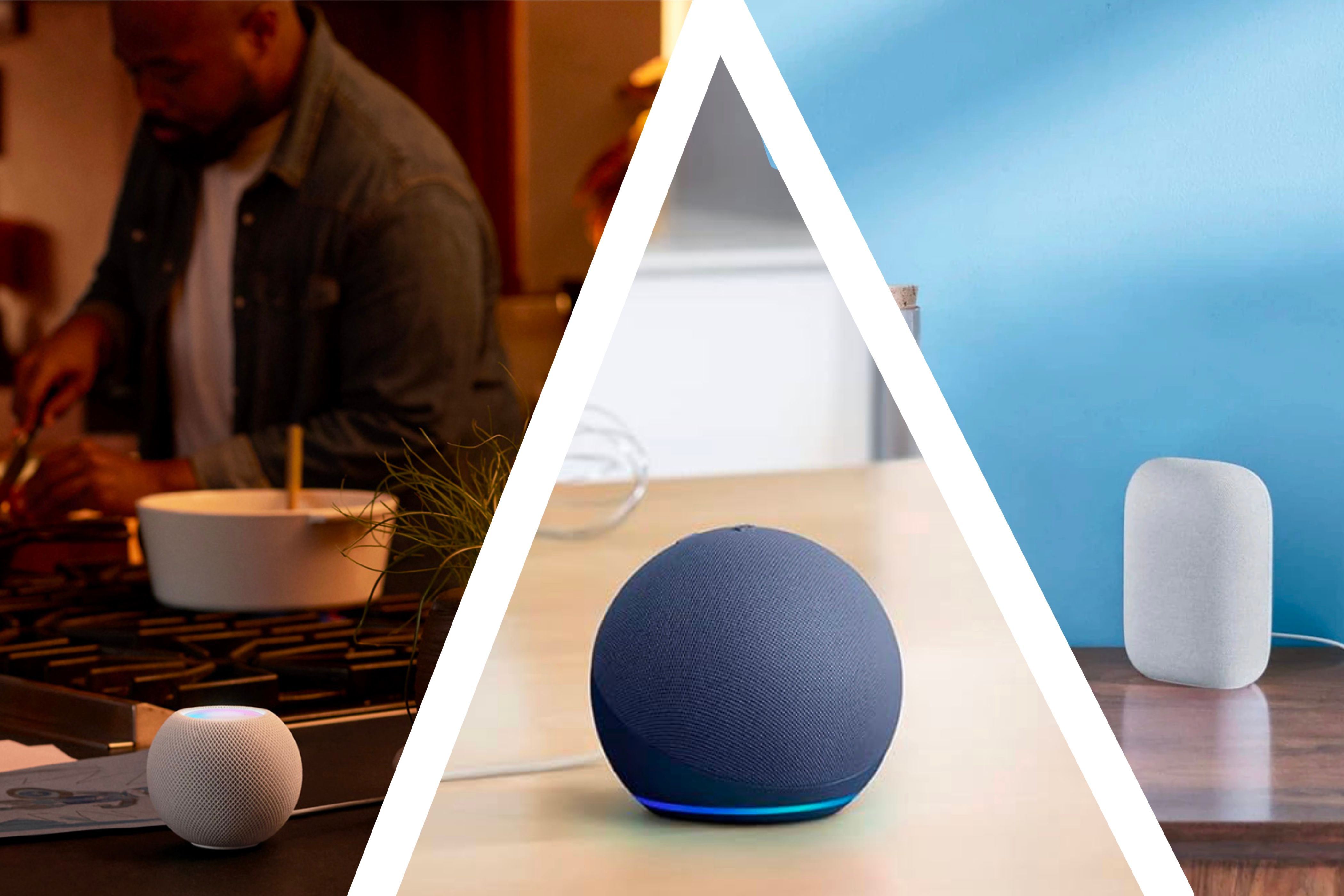
Related
Why Apple Home Is Better Than Amazon and Google’s Smart Home
Google Home and Alexa support more devices, but Apple has the best features.
Closed smart home ecosystems such as Alexa, Google Home, and Apple Home offer a lot of convenience, but they come with some significant hidden costs. While open systems such as Home Assistant also have additional costs, using them can reduce some of the costs listed above.
For example, with Home Assistant, you’re not locked into a specific ecosystem; you can use devices that are compatible with Alexa, Google, or Apple Home. Perhaps most importantly, you can use Home Assistant to control your smart home devices completely locally, so your personal data never needs to leave your home.


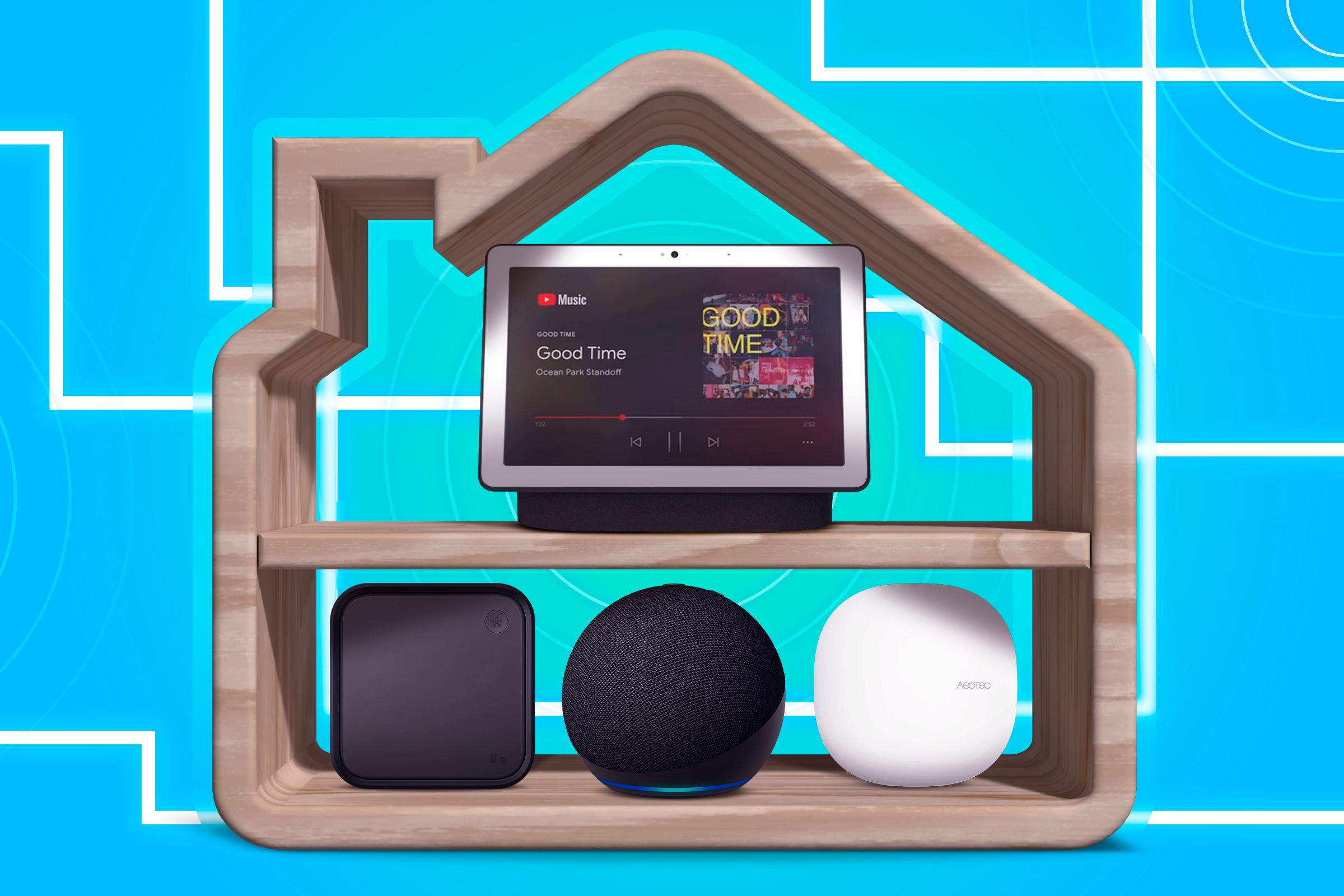
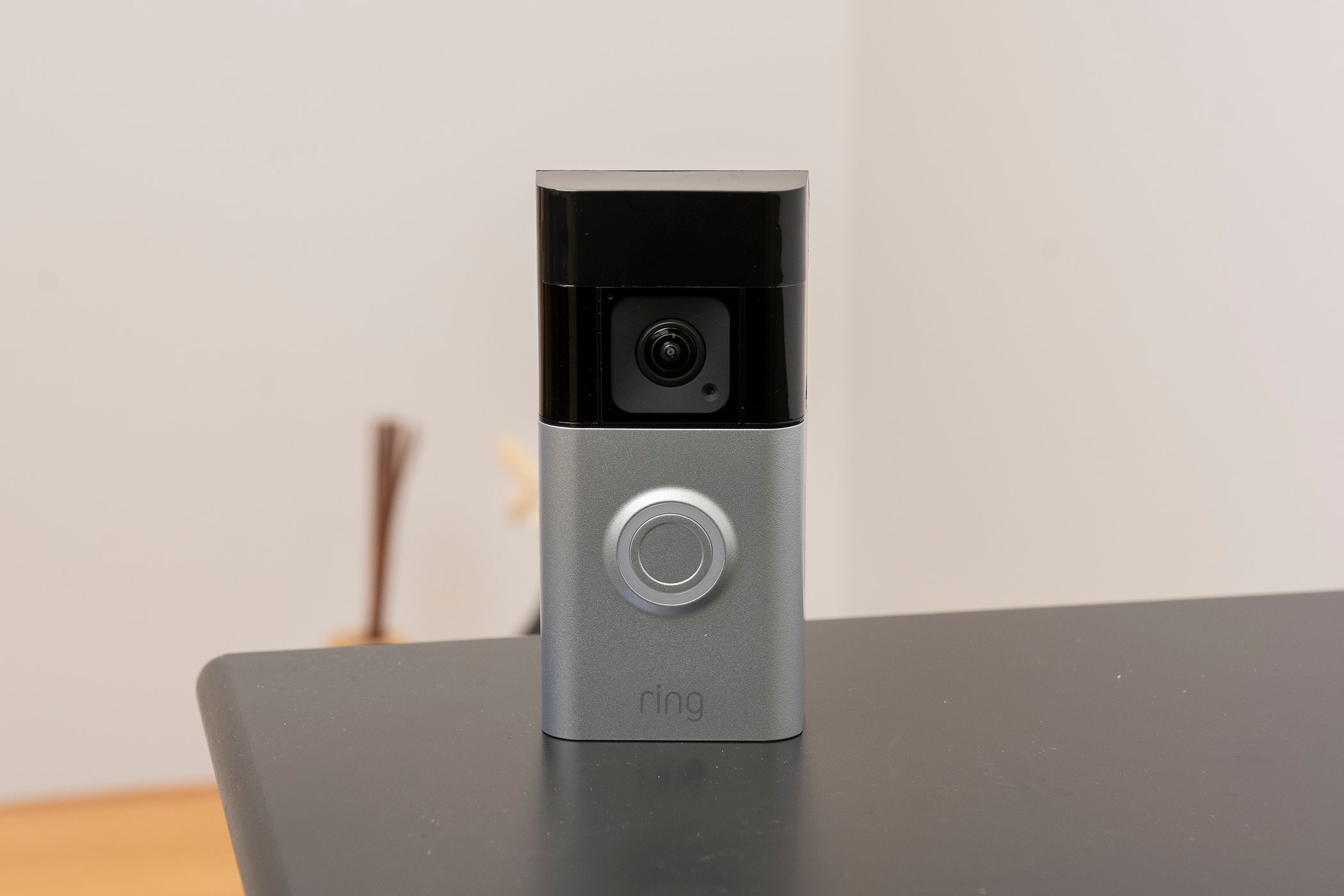
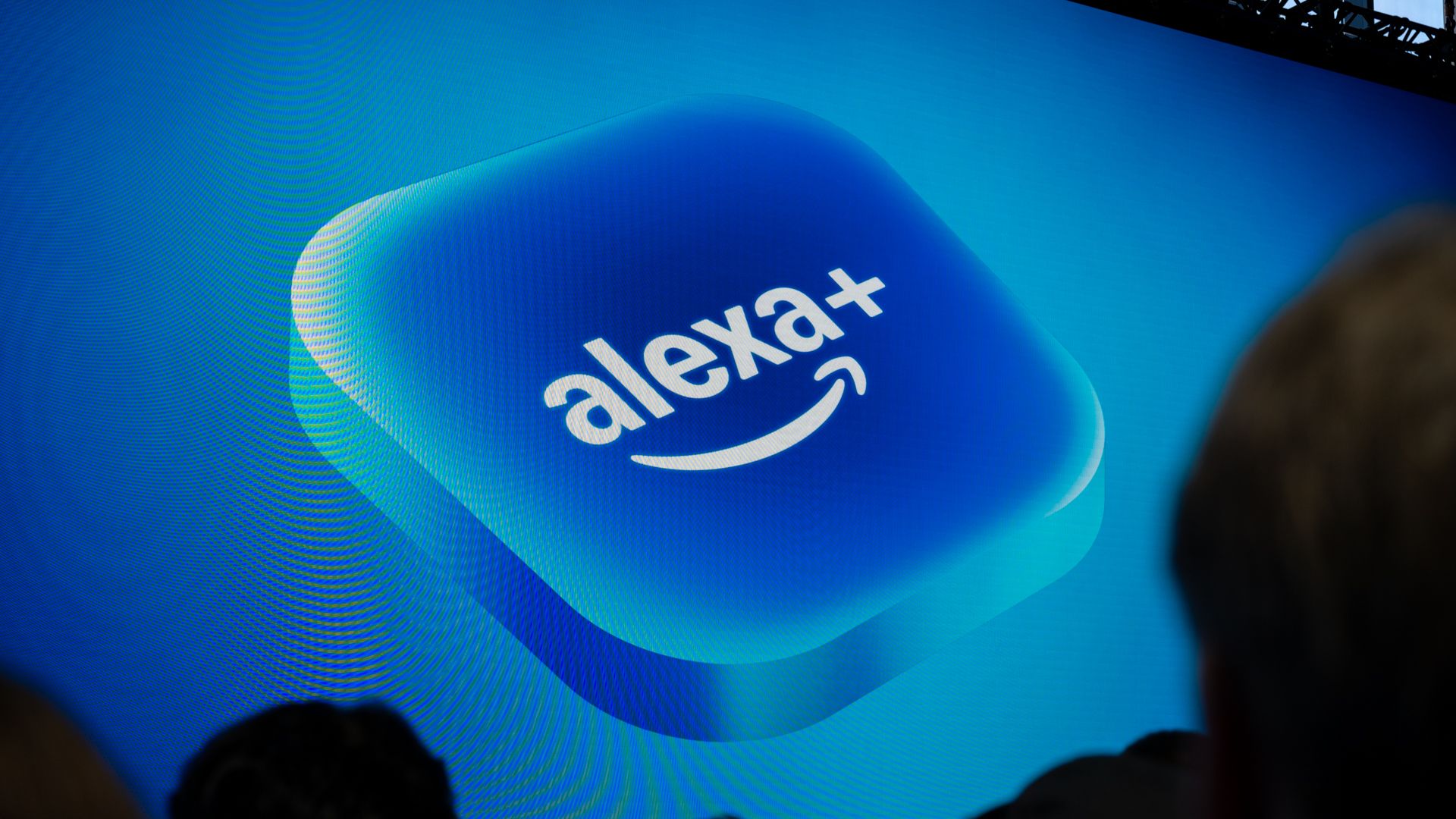
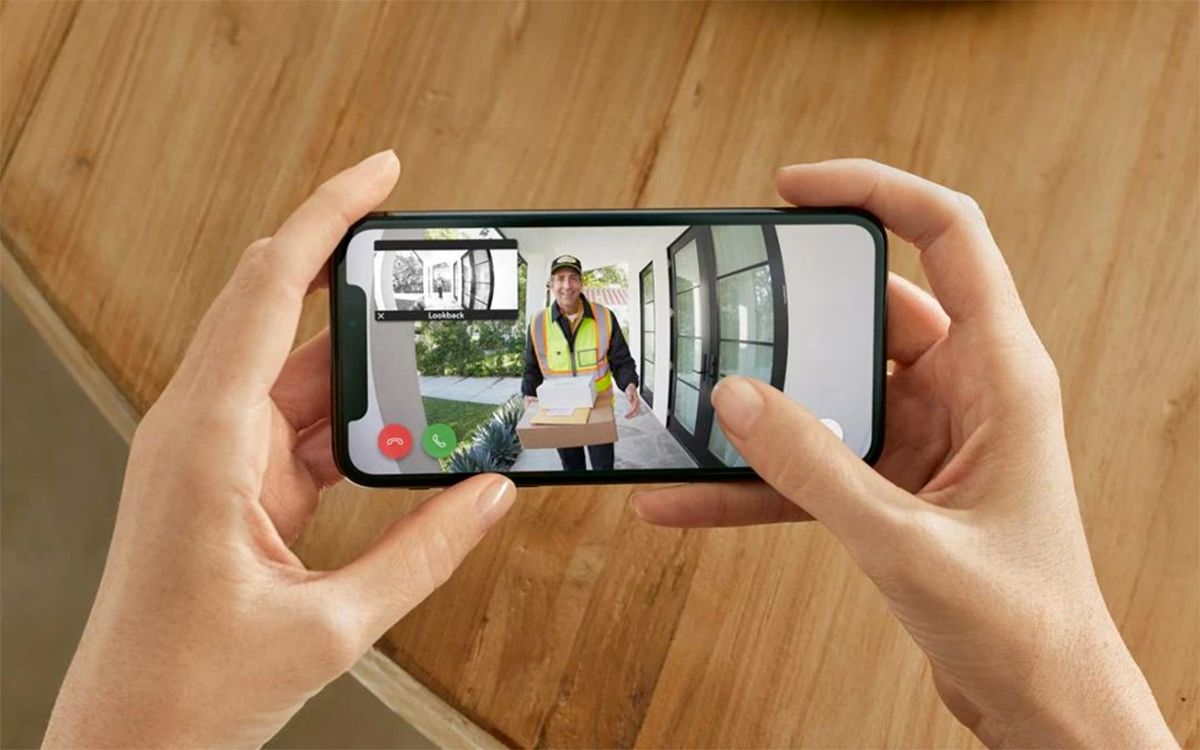
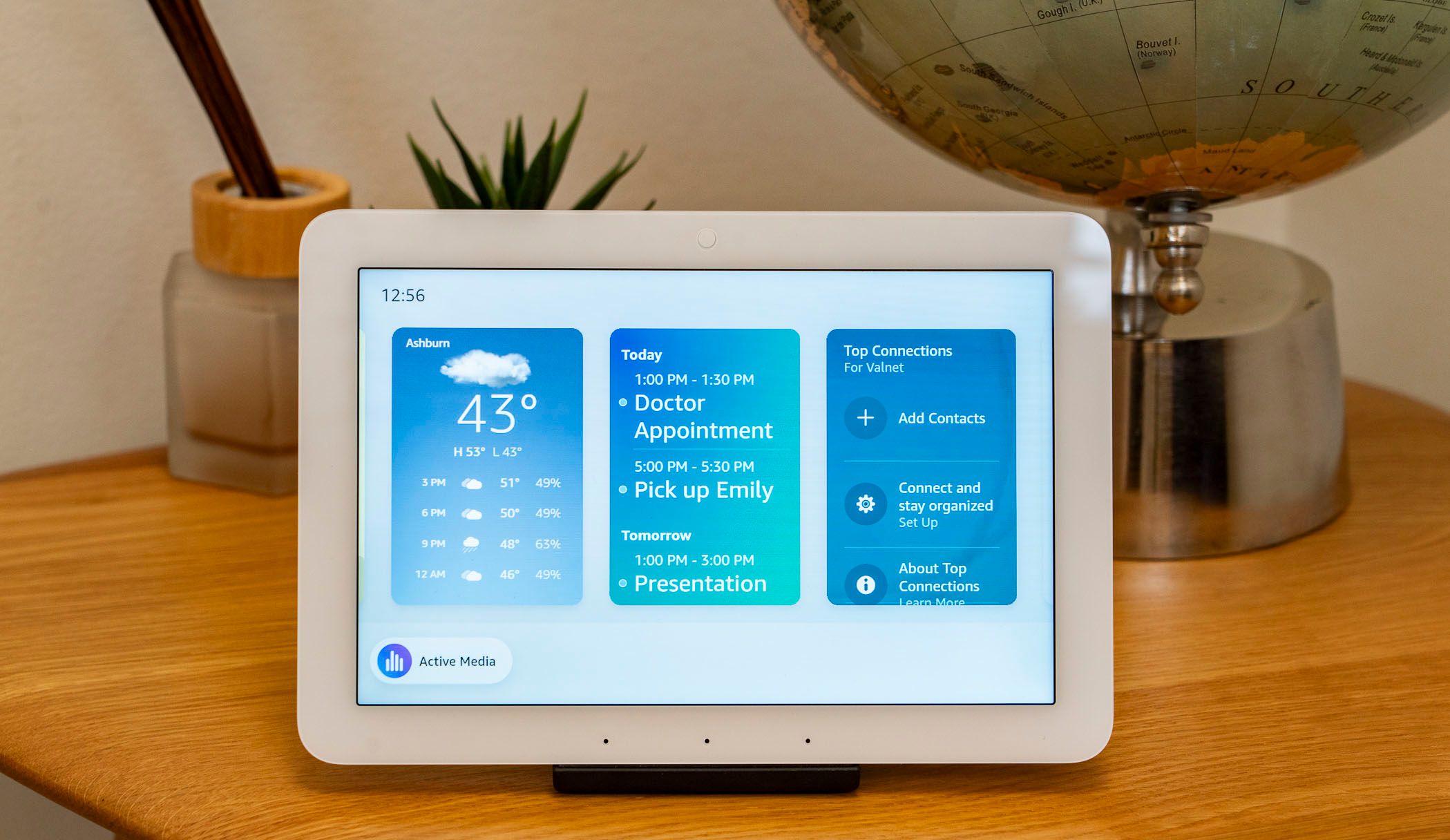
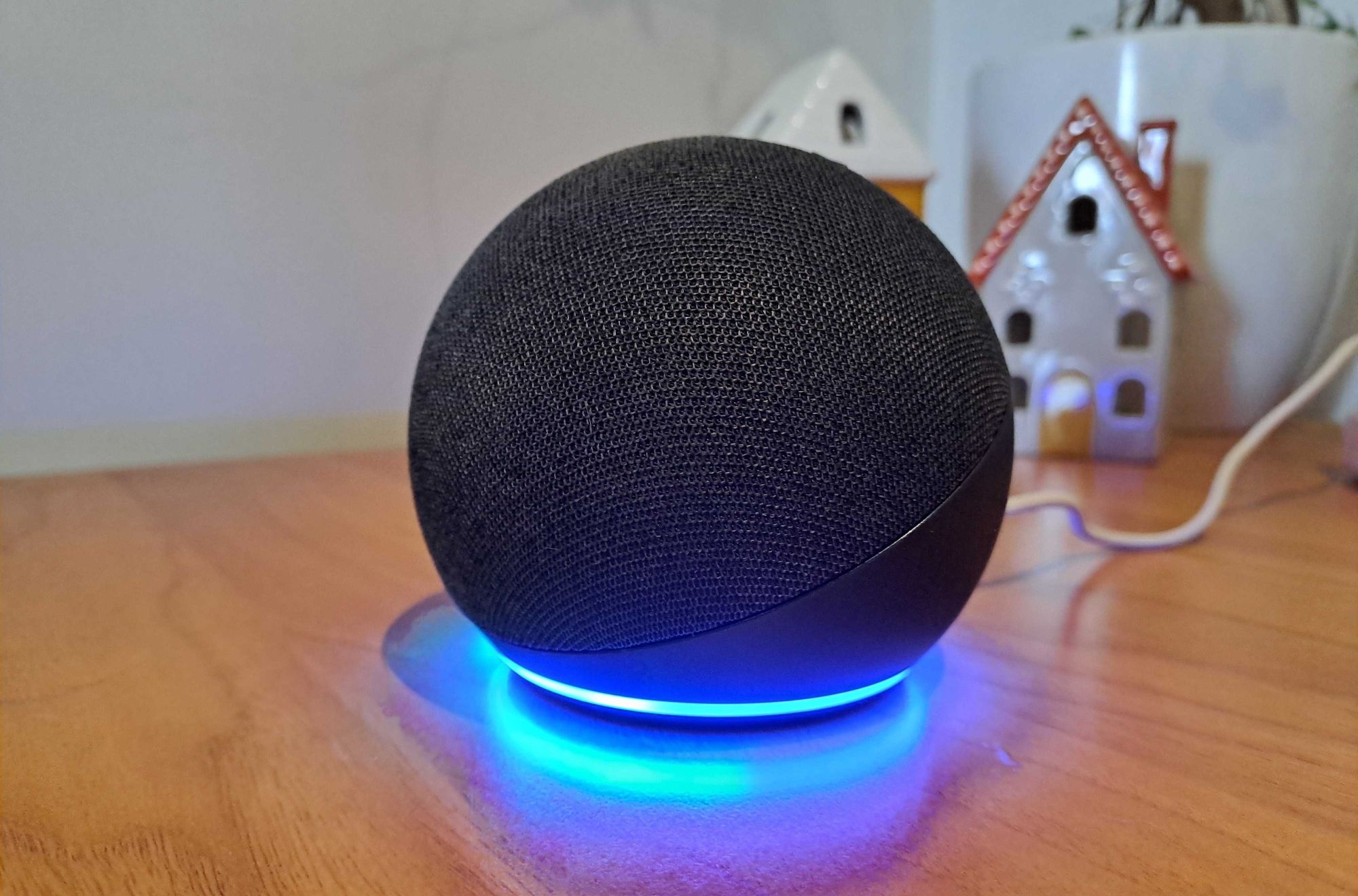





Leave a Comment
Your email address will not be published. Required fields are marked *